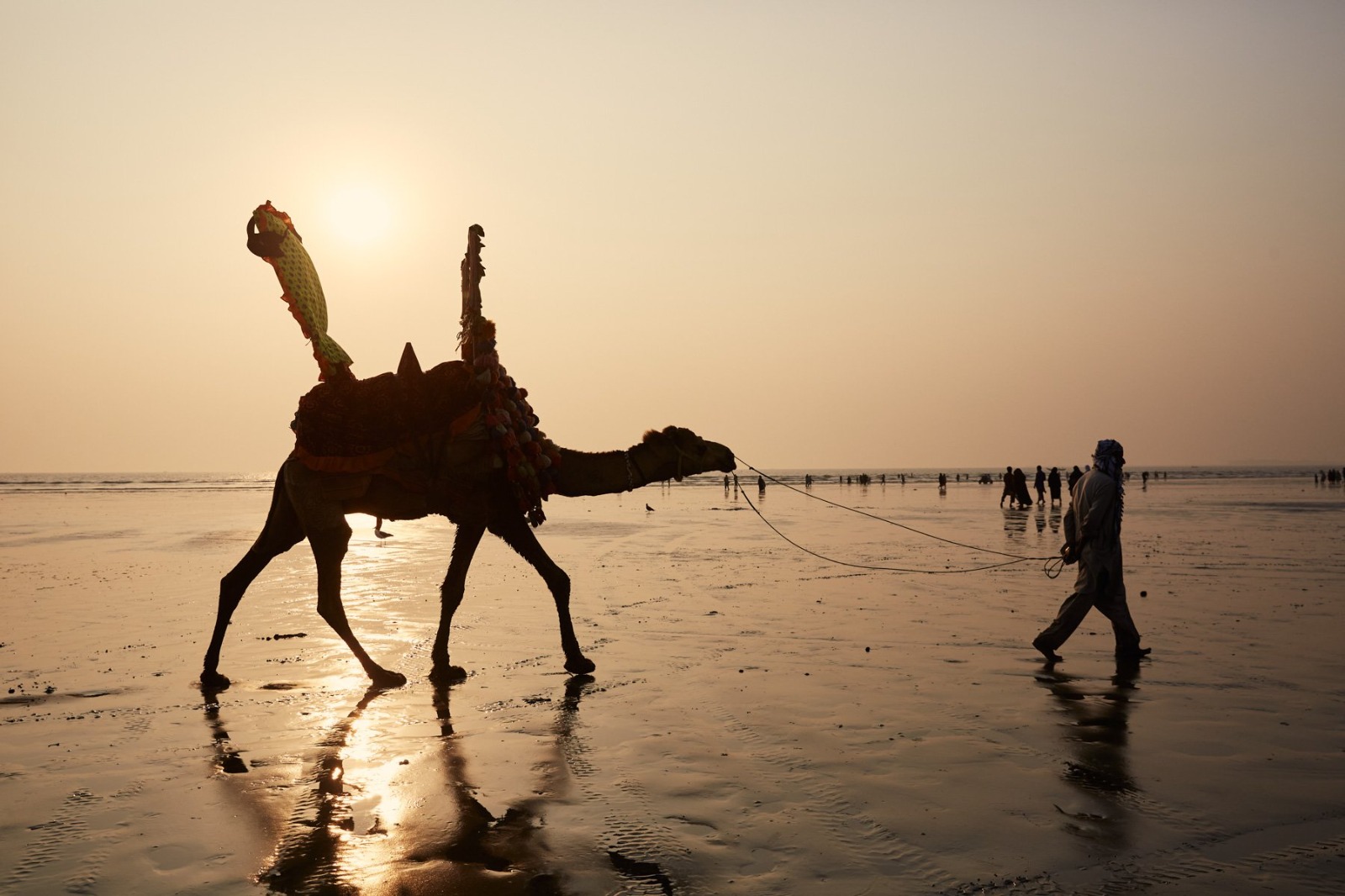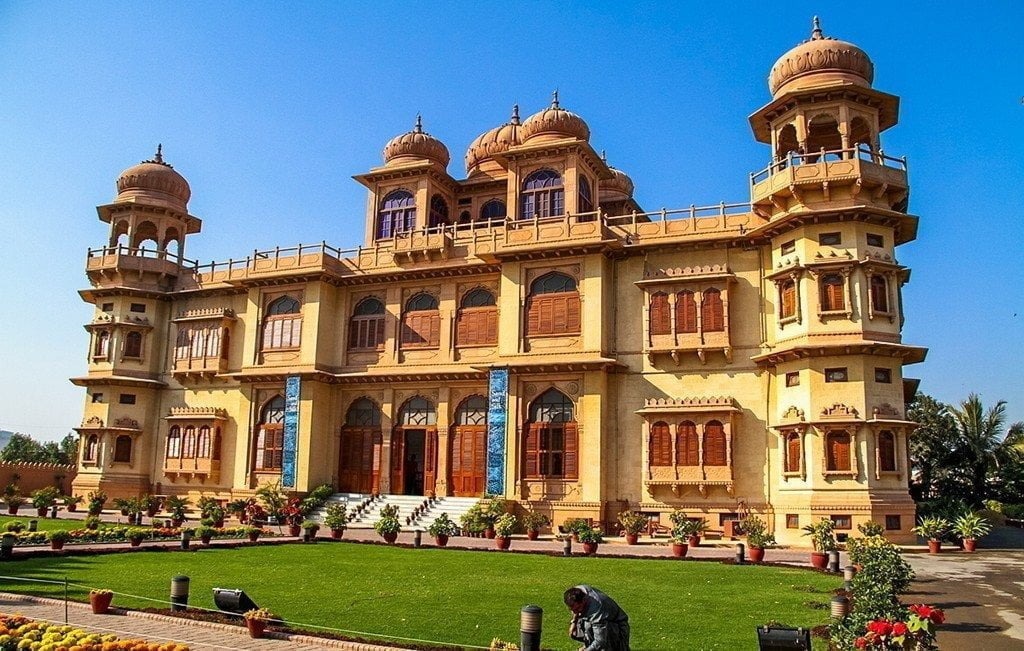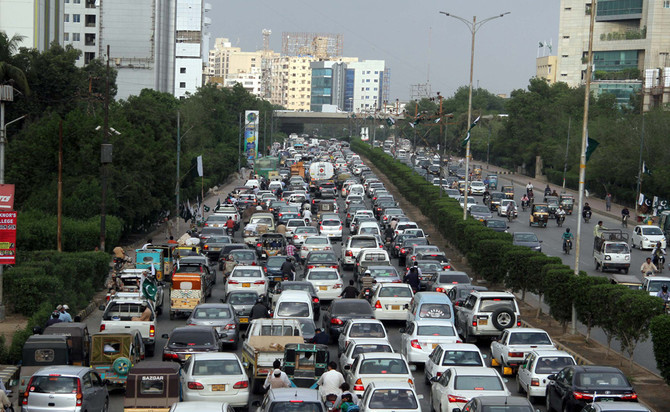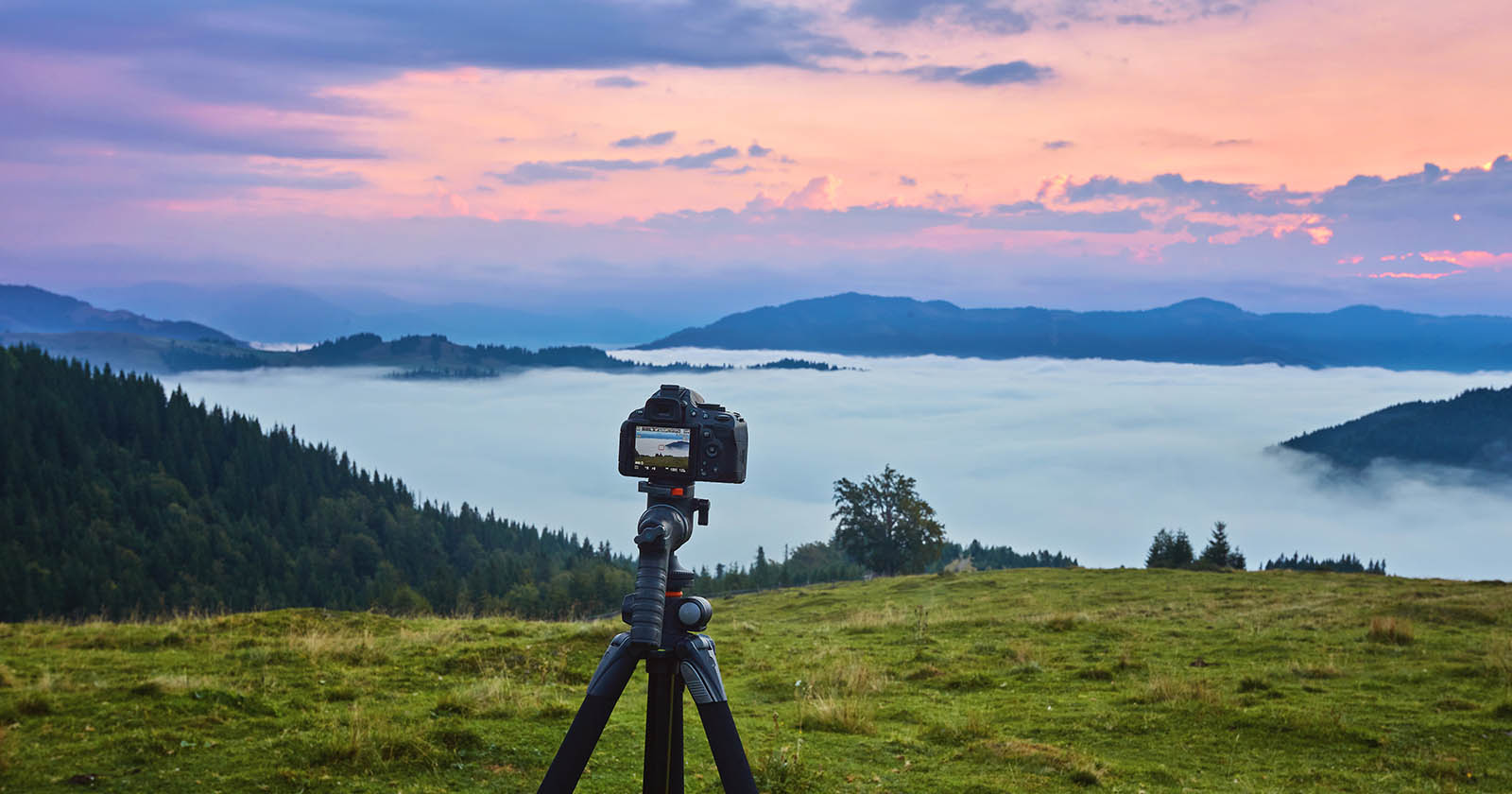Contre-jour, a term derived from French meaning “against daylight,” is a photography technique where the camera is positioned directly toward a light source, typically the sun. This approach, also known as backlighting, produces striking visual effects by illuminating the subject from behind, results in strong contrasts, silhouettes, and an emphasis on lines and shapes.
Understanding Contre-Jour Photography
In contre-jour photography, the primary light source, such as the sun, is often visible in the frame as a bright spot or a strong glare behind the subject. This positioning creates a unique interplay of light and shadow, often obscuring fine details while highlighting the overall form and structure of the subject. The result is a dramatic contrast between light and dark areas, which can be used to evoke emotion and create visually compelling images.
Key Effects of Contre-Jour Photography
Silhouettes :
One of the most striking effects of contre-jour photography is the creation of silhouettes. When the lighting ratio the difference in intensity between the backlight and the light on the front of the subject reaches 16:1 or more, the subject appears as a dark, featureless shape against a brighter background. This technique is ideal for emphasizing the outline of the subject, making it stand out starkly against the light source.
Emphasized Lines and Shapes :
By backlighting the subject, contre-jour photography accentuates the lines and shapes within the composition. This is particularly effective when photographing subjects with distinct, recognizable forms, such as trees, buildings, or human figures. The contrast between the illuminated background and the darkened subject can create a sense of depth and drama, drawing the viewer’s eye to the most important elements of the image.
Increased Contrast:
Contre-jour often results in a higher contrast between light and dark areas within the photograph. This increased contrast can add a sense of intensity and drama to the image, making the subject appear more powerful or mysterious. The use of strong contrasts can also help to highlight specific details or create a mood that complements the overall composition.

Techniques for Enhancing Contre-Jour Photography
Using Fill Light :
While contre-jour naturally produces dark, shadowed subjects, photographers can use fill light to illuminate the side of the subject facing the camera. This technique balances the exposure, reducing the intensity of the silhouette while still maintaining the dramatic backlighting effect. Fill light can be introduced using a flash, reflector, or even natural light sources, depending on the desired outcome.
Controlling Lighting Ratios :
The lighting ratio in contre-jour photography plays a crucial role in determining the final look of the image. A high lighting ratio, such as 16:1, will result in a strong silhouette, while a lower ratio, like 8:1, creates a softer, more detailed image known as low-key lighting. Photographers can experiment with different lighting ratios to achieve the desired balance between light and shadow.
Experimenting with Light Sources :
Although the sun is the most common light source in contre-jour photography, other light sources can also be used to create interesting effects. Streetlights, car headlights, or even artificial lights indoors can produce unique backlighting scenarios. Each light source offers different qualities, such as color temperature and intensity, which can be leveraged to create diverse moods and atmospheres in your photographs.



